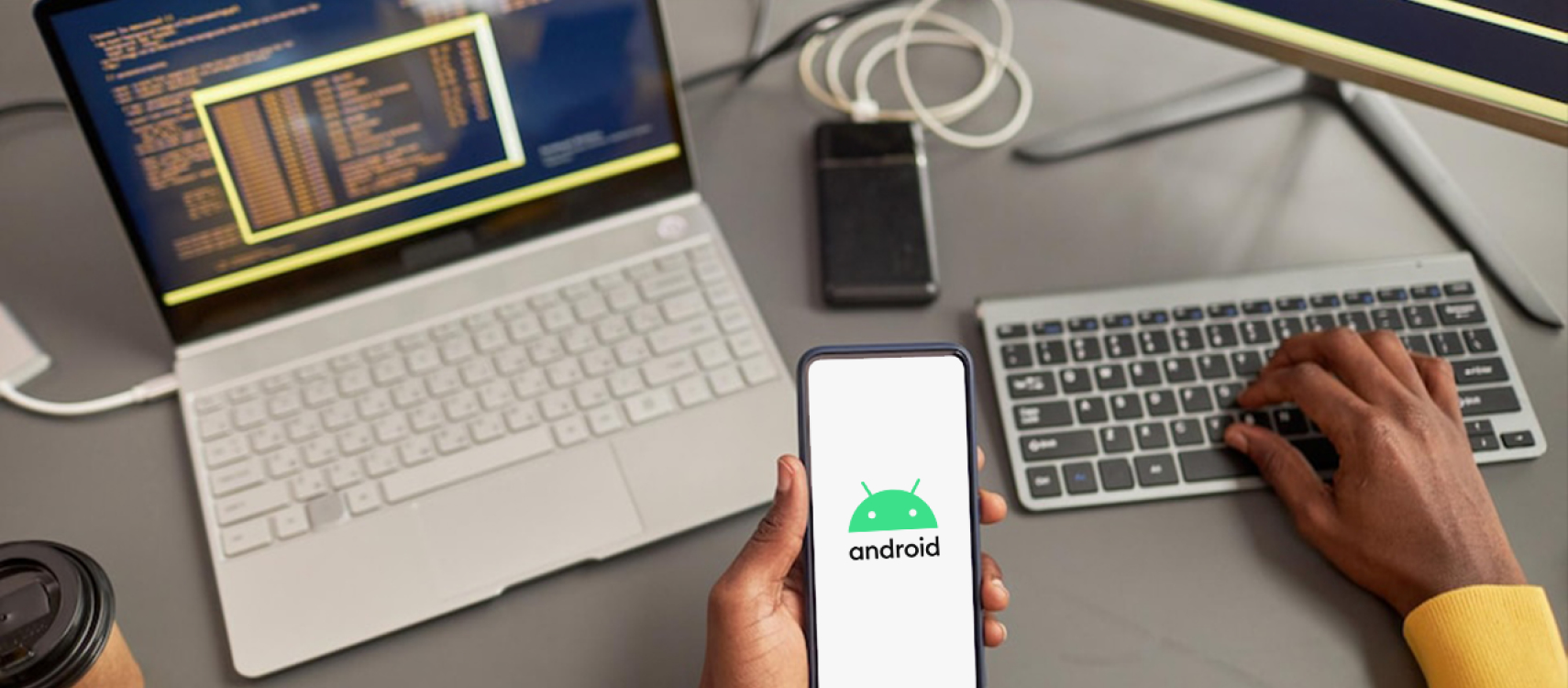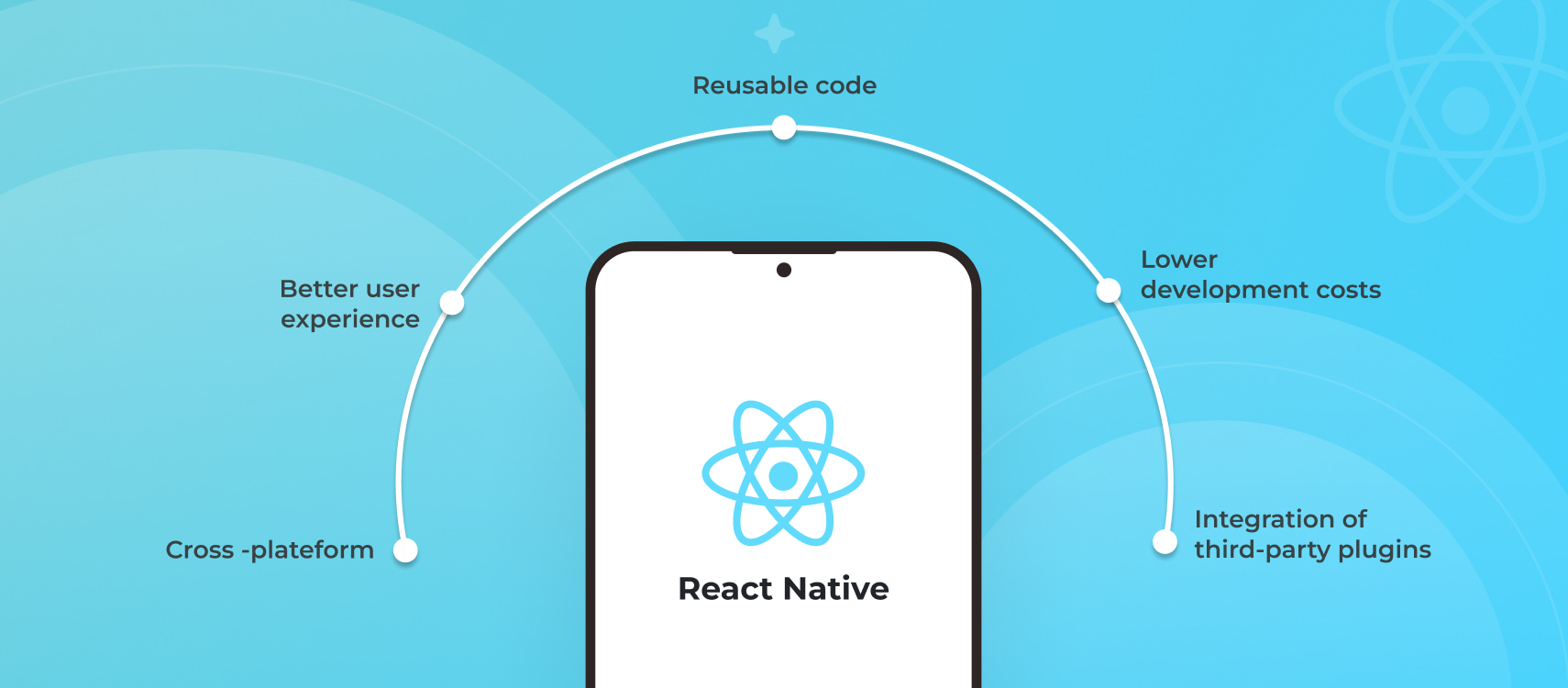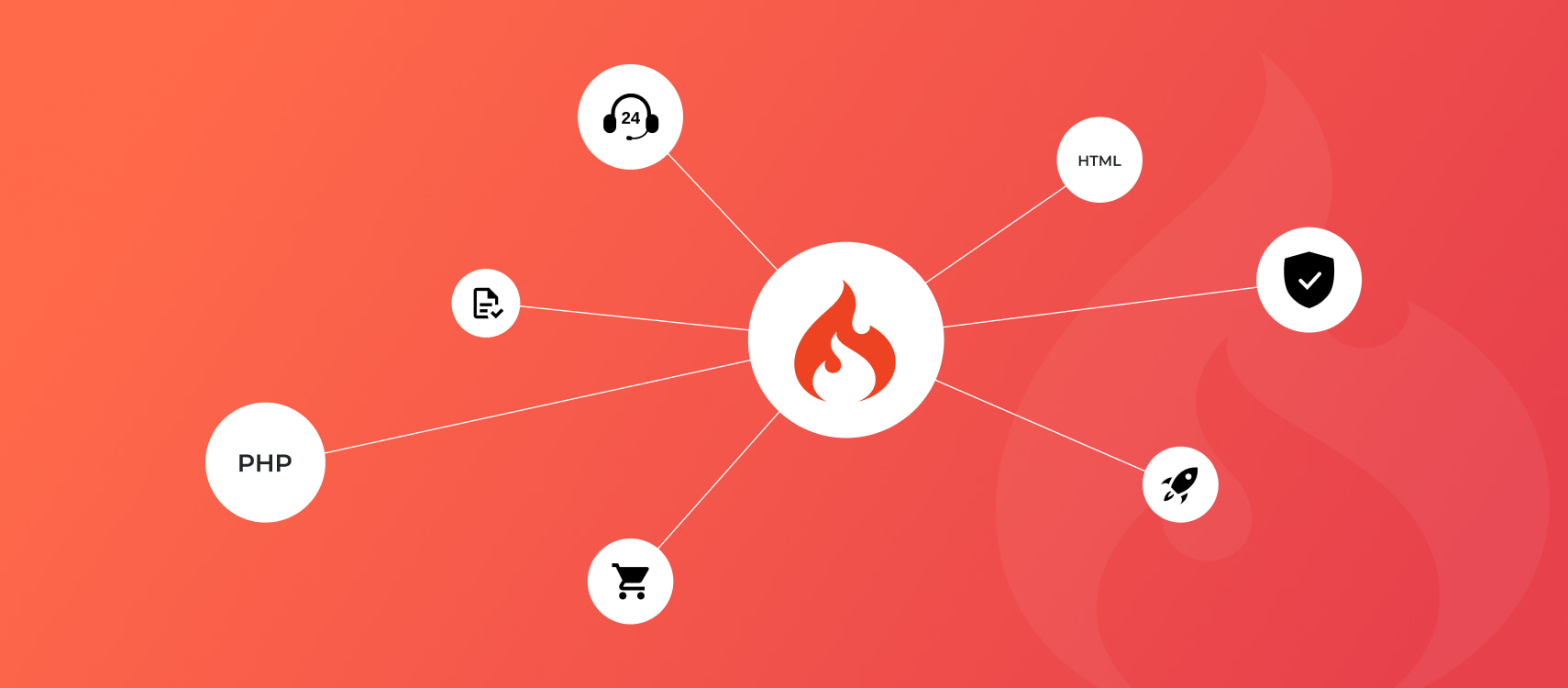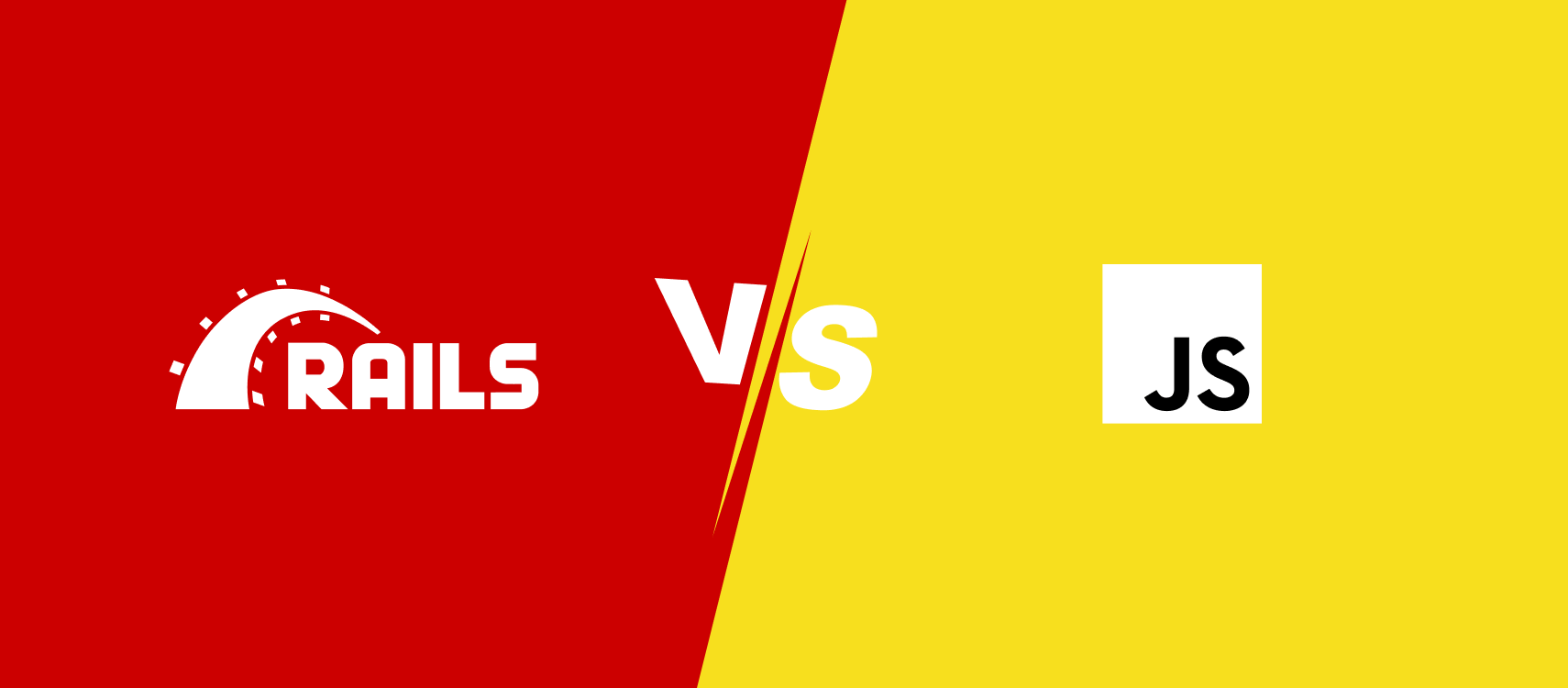Table of Contents
- Picasso
- Android Jetpack
- Flutter
- React Native
- Three.js
- RxJava
- Corona SDK
- Android Retrofit
- Dagger2
- Lottie
- ButterKnife
- Appcelerator Titanium
- Glide
- Summarising
With the increasing demand for faster development without compromising quality, the role of Android development libraries has become crucial. These libraries offer numerous benefits such as faster design and development, streamlined tasks, flexible user interface design, and cross-platform compatibility. When hiring Android app developers, it’s important to consider their proficiency in these libraries. Let’s take a closer look at some of the top Android development libraries.
Picasso
Picasso is an open-source image library that plays a crucial role in enhancing the visual experience of high-quality Android apps. Here are its key features and capabilities.
- Simple and easy-to-use library for loading images from remote URLs.
- Requires minimal code to incorporate server images.
- Offers low storage usage, auto-storage, and caching features.
- Detects image reuse and removes old image files.
- Provides image format conversion and file size reduction.
Android Jetpack
Android Jetpack is a widely used library maintained by Google, offering a rich repository of utilities for consistent and reliable app performance. Its key features include the following.
- Minimizes boilerplate code across multiple devices.
- Helps prevent memory leaks in components.
- Provides platform-specific API compatibility and backward compatibility.
- Supports Java and Kotlin for faster development and release cycles.
- Offers ready-to-use support libraries and UI components following material design conventions.
- Provides components like LiveData and ViewModel for app projects.
- Offers several navigation patterns.
Flutter
Flutter is an open-source UI framework developed by Google. It allows developers to build natively compiled applications for mobile, web, and desktop from a single codebase. Flutter comes with the following features.
- Offers a rich set of pre-designed UI components for building beautiful and responsive apps.
- Utilizes a reactive programming model for building UIs, providing a smooth and fluid user experience.
- Provides hot reload for real-time code updates and faster development iterations.
- Supports cross-platform development, enabling code sharing across iOS, Android, and web platforms.
- Allows access to native device functionalities through platform-specific APIs.
- Provides an extensive set of third-party packages and libraries for additional functionality.
React Native
React Native is a JavaScript-based library developed by Facebook, allowing developers to build native mobile apps using web development languages like JavaScript, CSS, and React. Most important features of React Native are mentioned below.
- Enables cross-platform development with maximum code sharing and native user experience.
- Provides a wide range of native components for a native look and feel.
- Offers ready-to-use UI components, reducing coding efforts.
- Supports code reuse across iOS, Android, and web platforms.
- Allows seamless integration with native frameworks and libraries.
- Features hot reload for real-time code evaluation.
- Offers numerous open-source packages to enhance app features.
Read More: A Comprehensive Comparison of iOS vs Android App Development
Three.js
Three.js is a JavaScript library widely used for creating 3D graphics in web and mobile apps. Notable features and capabilities of this library include the following.
- Offers a simple and intuitive API for 3D rendering.
- Provides support for different rendering techniques, such as WebGL.
- Enables developers to create interactive 3D scenes with ease.
- Facilitates the creation of complex 3D animations and effects.
RxJava
RxJava is a popular library that brings reactive programming concepts to Android development. It enables developers to handle asynchronous tasks, event streams, and data flow in a more concise and composable manner. Top features of RxJava include the following.
- Implements the Observer pattern and provides abstractions for working with asynchronous and event-based programming.
- Enables developers to compose complex asynchronous operations and handle concurrency challenges.
- Supports a wide range of operators for filtering, transforming, and combining data streams.
- Provides threading and scheduling capabilities to manage concurrency and control execution contexts.
- Helps simplify error handling and resource management in asynchronous code.
Corona SDK
Corona SDK is a 2D game development library for iOS and Android platforms. It simplifies app development with its easy-to-use syntax and free, open-source nature. Important features of Corona SDK include the following.
- Accelerates development with simplicity and code reusability.
- Supports code reuse across multiple platforms.
- Compatible with Windows and Mac operating systems.
- Utilizes the lightweight and developer-friendly LUA programming language.
- Offers extensive APIs and plugins for additional features.
- Provides real-time testing support.
Android Retrofit
Android Retrofit is a popular library for dynamic Restful API interfaces, particularly suited for Java and Kotlin projects. Key features and capabilities of this library include the following.
- Developed by Square, offering easy communication and user authentication.
- Simplifies web API data retrieval from formats like JSON or XML.
- Retrofit 2 provides advanced features and an improved API.
- Utilizes OkHttp for efficient API communication.
- Offers faster performance and a simple syntax.
Dagger2
Dagger2 is a powerful dependency injection library for Android app development. It excels in handling complex requirements and provides control and flexibility. The important features of Dagger2 are here below.
- Enables multiple dependency injections in a single model.
- Supports intricate dependency graphs for large apps.
- Empowers developers with control and flexibility.
Lottie
Lottie is a parsing library that excels in rendering animations by parsing Adobe After Effect collections in JSON format. Key features of Lottie are mentioned below.
- Facilitates smooth animation rendering.
- Allows developers to reuse animations through copying and pasting.
- Enables seamless transition between activities.
- Turns user input responses into animated forms.
ButterKnife
ButterKnife is a view binding library for Android development that reduces boilerplate code for accessing and manipulating UI elements. ButterKnife offers the following features.
- Simplifies the process of binding views and event listeners to corresponding code.
- Generates boilerplate code for view initialization and event handling, reducing manual coding efforts.
- Improves code readability and maintainability by reducing the verbosity of view-related operations.
- Enhances performance by minimizing the number of method calls required to interact with views.
- Supports data binding for easily populating views with data from models or other sources.
Appcelerator Titanium
Appcelerator Titanium is a powerful cross-platform development library that uses JavaScript to build apps deployable across multiple OS platforms. Notable features of Appcelerator Titanium include the following.
- Completely free and open-source.
- Uses JavaScript and web development technologies.
- Enables integration with Android native languages like Java and Kotlin.
- Trusted and widely used in industries such as fintech app development, banking, and healthcare.
- Provides an integrated IDE for development.
Glide
Glide is a powerful image loading and caching library for Android apps. Key features of this library include the following.
- Efficiently loads images from various sources, including URLs and local storage.
- Supports image resizing, cropping, and transformations.
- Offers memory and disk caching to optimize image loading.
- Provides customizable options for image loading and caching.
- Simplifies image loading tasks with a simple and intuitive API.
Summarising
The above-mentioned libraries provide developers with essential tools to streamline Android app development, enhance user experience, and ensure high-quality results. Each library has its strengths and features, making them suitable for different project requirements and preferences.










